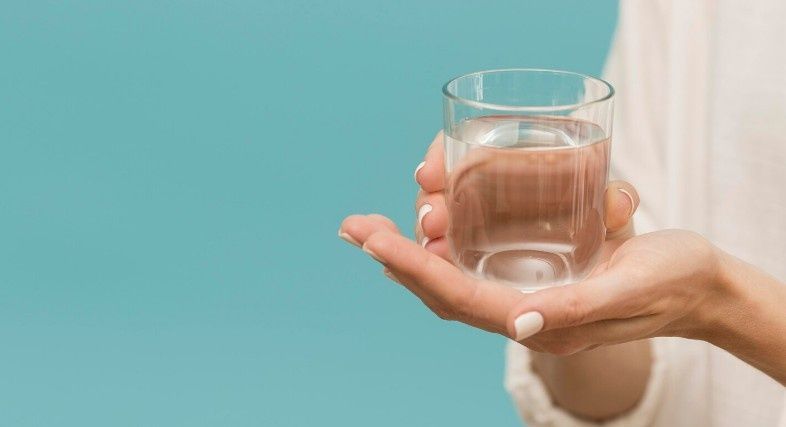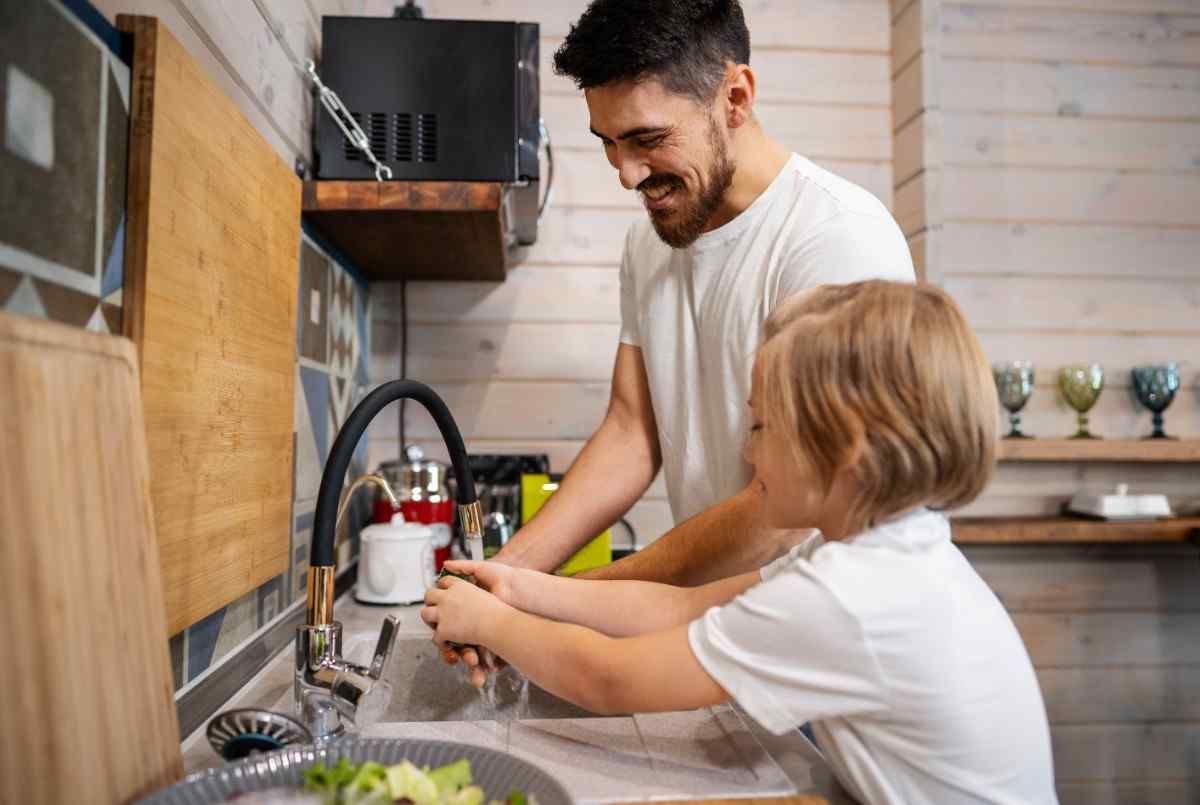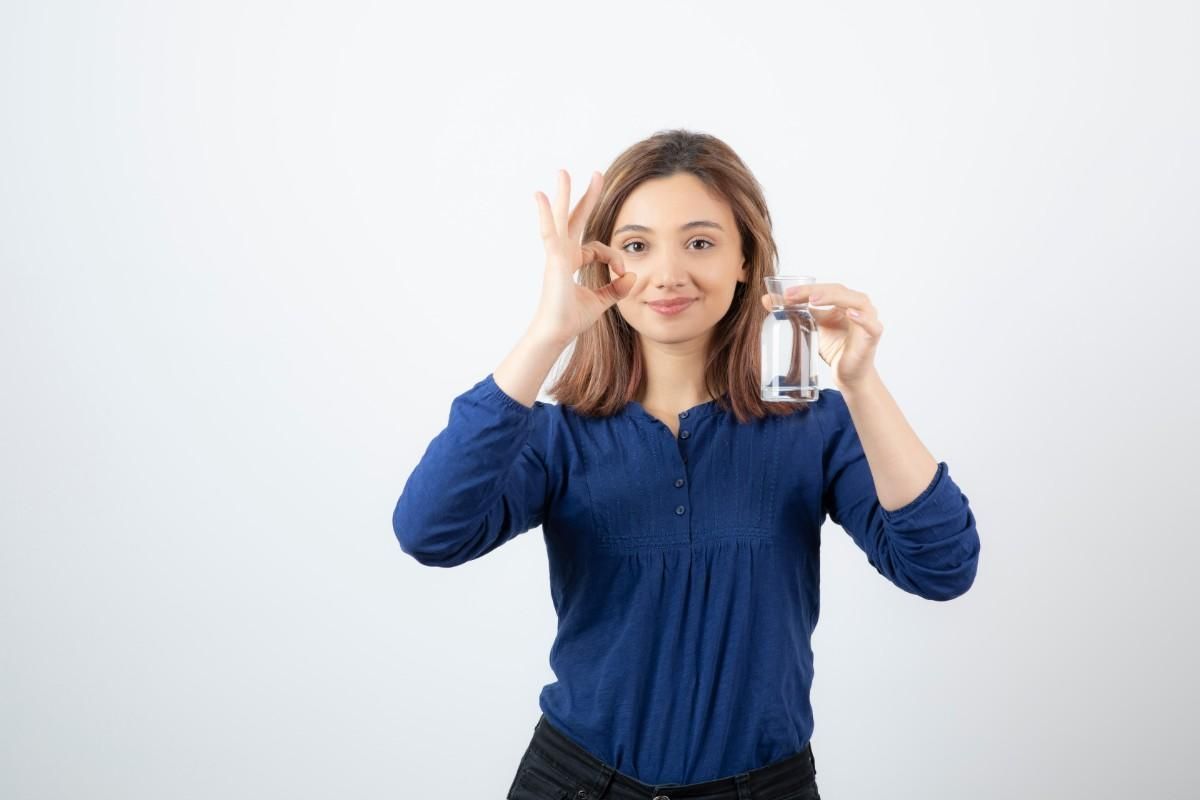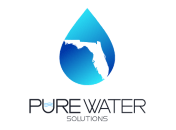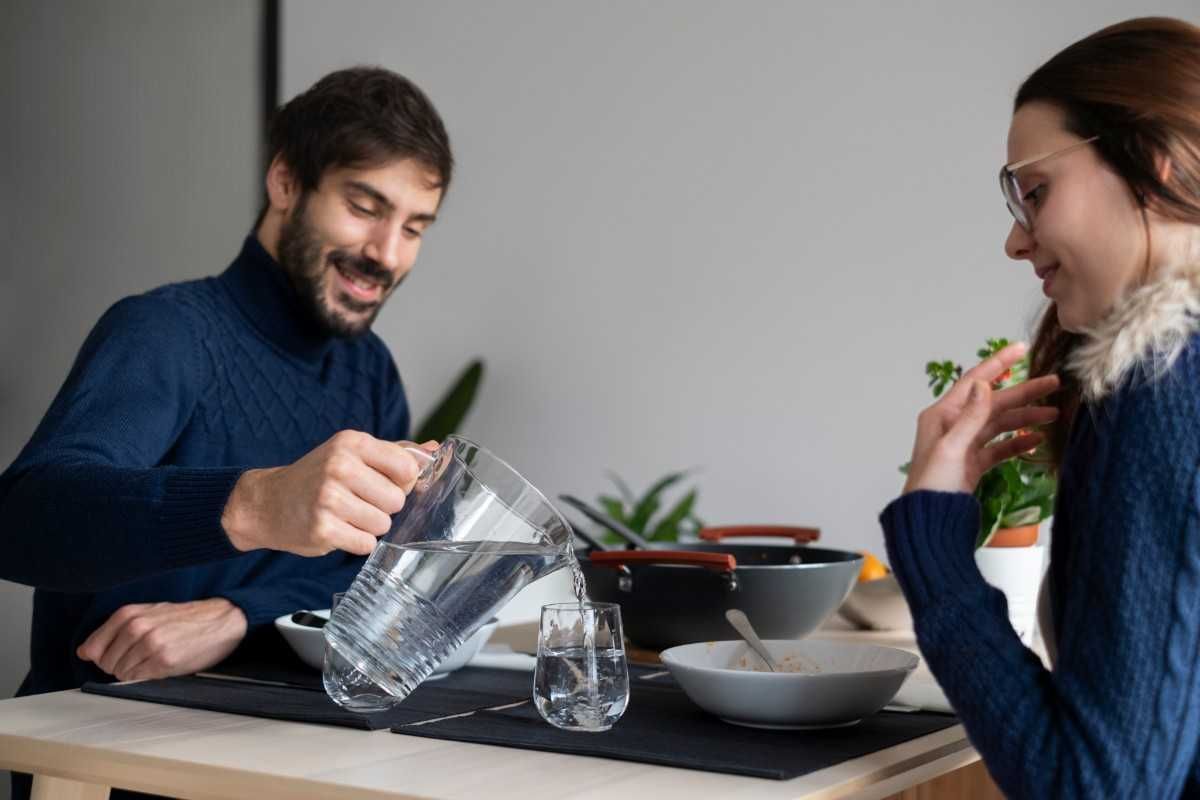How Long Does Water Filter Cartridge Last
How Long Does Water Filter Cartridge Last
Water filter cartridges typically last around 3 years before needing replacement. Regular maintenance ensures optimal performance.
Ensuring clean and safe drinking water is essential for maintaining good health. Water filter cartridges play a crucial role in removing impurities and contaminants from our water supply. However, it's important to know how long these cartridges last before they need to be replaced.
We will explore the typical lifespan of water filter cartridges and the importance of regular maintenance to ensure the longevity and effectiveness of your water filtration system. Let's dive in to understand more about the lifespan of water filter cartridges and how to keep your water clean and healthy.
Introduction To Water Filter Cartridge Lifespan
Water filter cartridges are an essential component of any water filtration system, responsible for removing impurities and ensuring clean, safe drinking water. Understanding the lifespan of a water filter cartridge is crucial for maintaining the effectiveness of the filtration system and ensuring the quality of the filtered water. In this article, we will explore the factors that affect the longevity of water filter cartridges and why timely replacement is vital for optimal performance.
Factors Affecting Cartridge Longevity
Several factors influence the lifespan of a water filter cartridge. These include water quality, usage frequency, flow rate, contaminant levels, and the type of filtration media used in the cartridge. Water quality, including the presence of sediment, chemicals, or heavy metals, can impact the cartridge's lifespan by affecting its ability to effectively filter impurities. Additionally, the frequency and volume of water usage can determine how quickly a cartridge becomes saturated with contaminants, requiring replacement. The flow rate of the water through the cartridge and the specific contaminants being filtered also play a role in determining the cartridge's longevity.
Why Cartridge Replacement Is Crucial
Regular replacement of water filter cartridges is essential to maintain the purity and safety of the filtered water. Overused cartridges may become ineffective at removing impurities, potentially allowing harmful contaminants to pass through the filtration system and into the drinking water. Moreover, expired cartridges can contribute to bacterial growth, reducing the overall quality of the water. Timely replacement not only ensures the continued effectiveness of the filtration system but also safeguards against potential health risks associated with consuming inadequately filtered water.
Types Of Water Filter Cartridges
Pitcher Filters
Commonly used for households, pitcher filters are convenient and affordable.
Under-sink Filters
Installed beneath the sink, under-sink filters provide clean water directly from the tap.
Refrigerator Filters
Designed for refrigerators with built-in water dispensers, these filters ensure cold, filtered water.
Whole House Filters
For comprehensive filtration, whole house filters purify water throughout the entire home.
Average Lifespan By Filter Type
Lifespan Of Pitcher Filter Cartridges
Pitcher filter cartridges typically last for approximately 2 months before needing replacement.
Lifespan Of Under-sink Filter Cartridges
Under-sink filter cartridges have a longer lifespan, usually around 6 months before they require changing.
Lifespan Of Refrigerator Filter Cartridges
Refrigerator filter cartridges tend to last for about 6 months before a replacement is necessary.
Lifespan Of Whole House Filter Cartridges
Whole house filter cartridges have the longest lifespan, typically lasting up to 12 months before needing to be replaced.
Signs Of A Worn-out Filter Cartridge
Water filter cartridges play a crucial role in ensuring the quality and safety of the water you consume. Over time, however, these cartridges can become worn out and lose their effectiveness. It's important to be aware of the signs that indicate a filter cartridge needs to be replaced. Here are some key indicators to look out for:
Taste And Odor Changes
One of the first signs that your water filter cartridge is nearing the end of its lifespan is a noticeable change in the taste and odor of the filtered water. If you start to detect a strange or unpleasant taste or smell in your drinking water, it's likely that the filter cartridge is no longer effectively removing impurities.
Reduced Water Flow
Another common sign of a worn-out filter cartridge is a significant reduction in water flow. If you notice that the water is trickling out of your faucet or the flow is much slower than usual, it's a clear indication that the cartridge is clogged and needs to be replaced. This reduced water flow is a result of the accumulated sediment and contaminants that have built up in the cartridge over time.
Visible Sediment Or Discoloration
Inspecting your filter cartridge visually can also provide valuable clues about its condition. If you notice any visible sediment or discoloration in the cartridge, it's a sign that it's no longer effectively trapping impurities. This sediment or discoloration may vary in appearance, ranging from small particles to a cloudy or discolored water stream.
Recognizing these signs and promptly replacing a worn-out filter cartridge is crucial to maintain the quality of your drinking water. Regularly monitoring these indicators will help ensure that your water filter system continues to provide clean, safe, and great-tasting water for you and your family.
The Impact Of Water Quality On Filter Lifespan
When it comes to the longevity of a water filter cartridge, the quality of the water being filtered plays a significant role. The level of impurities and contaminants present in the water can directly impact the lifespan of the filter. Understanding the specific factors that affect filter lifespan can help you make informed decisions about when to replace your water filter cartridge.
Hard Vs. Soft Water
One crucial factor that affects the lifespan of a water filter cartridge is the hardness of the water. Hard water contains high levels of minerals such as calcium and magnesium. These minerals can accumulate in the filter and reduce its effectiveness over time. On the other hand, soft water, which has low mineral content, puts less strain on the filter and can extend its lifespan.
Sediment Levels
The amount of sediment in the water also plays a significant role in the lifespan of a filter cartridge. Sediment refers to particles such as dirt, sand, and rust that can be present in the water supply. These particles can clog the filter, reducing its flow rate and efficiency. Therefore, water with high sediment levels will require more frequent filter replacement compared to water with low sediment levels.
Chemical Contaminants
Chemical contaminants, such as chlorine, lead, and pesticides, can have a detrimental impact on the lifespan of a water filter cartridge. These contaminants can break down the filter media or get trapped within the filter, reducing its ability to effectively remove impurities. It is important to choose a water filter cartridge that is specifically designed to address the chemical contaminants present in your water supply.
In conclusion, the quality of the water being filtered has a direct impact on the lifespan of a water filter cartridge. Factors such as the hardness of the water, sediment levels, and chemical contaminants can all contribute to the deterioration of the filter over time. Regularly monitoring the water quality and replacing the filter cartridge as needed will ensure that you continue to enjoy clean and safe drinking water.
Maintenance Tips To Extend Filter Life
To extend the life of your water filter cartridge, regular maintenance is crucial. Clean the filter housing and o-rings every time you replace the cartridge, and be sure to follow the manufacturer's recommended cartridge replacement schedule. This will help ensure the longevity and efficiency of your water filter system.
Maintaining your water filter cartridge is essential to ensure its longevity and optimal performance. By following some simple maintenance tips, you can extend the life of your water filter cartridge and enjoy clean, safe drinking water for longer periods. Let's explore some key maintenance tips to help you make the most of your water filter cartridge.
Regular Cleaning
Regular cleaning of your water filter cartridge is crucial to prolong its lifespan. Gently scrub the cartridge with a soft brush and mild detergent to remove any accumulated debris and sediments. Rinse it thoroughly with clean water and allow it to air dry before reinstalling.
Pre-filters And Their Role
Pre-filters play a vital role in extending the life of your water filter cartridge by capturing larger particles and contaminants before they reach the main cartridge. Replace pre-filters at recommended intervals to ensure they continue to effectively safeguard the main cartridge and maintain its longevity.
Storing Spare Filters Correctly
Proper storage of spare filters is crucial to maintain their effectiveness. Store spare filters in a cool, dry place away from direct sunlight and moisture. Ensure they are sealed in their original packaging to prevent contamination and damage, which can impact their performance and lifespan. By following these maintenance tips, you can significantly extend the life of your water filter cartridge and ensure the continued delivery of clean, high-quality drinking water for you and your family.
When To Replace Your Filter: Timelines And Recommendations
Water filter cartridges are an essential component of a water filtration system. They work by removing impurities from the water, ensuring that it is clean and safe to drink. However, over time, these cartridges lose their effectiveness and need to be replaced. In this blog post, we will explore the timelines and recommendations for replacing your water filter cartridge.
Manufacturer's Guidelines
Most water filter manufacturers provide guidelines on when to replace their cartridges. These guidelines are based on the type of filter and the usage patterns. For instance, Brita recommends that their filter cartridges should be replaced every 40 gallons or every two months, whichever comes first. The lifespan of a water filter cartridge can also depend on the level of contamination in the water.
Usage Patterns And Their Effects
Usage patterns can also have an impact on the lifespan of a water filter cartridge. For example, if you have a large family or use more water than the average household, your filter cartridge will need to be replaced more frequently. Similarly, if you use water for cooking or washing, the filter will need to be replaced more often. The quality of the water that you are filtering can also affect the lifespan of the cartridge.
The Role Of Water Testing
Water testing can help you determine the quality of the water that you are filtering and when to replace your filter cartridge. Testing can reveal the levels of contaminants in your water and the effectiveness of your filter. If you notice a change in the taste, odor, or appearance of your water, it may be time to replace your filter cartridge.
In conclusion, it is essential to replace your water filter cartridge at the recommended intervals to ensure that your water is clean and safe to drink. Follow the manufacturer's guidelines, take note of your usage patterns, and consider water testing to determine when to replace your filter cartridge.
Proper Disposal And Environmental Considerations
The proper disposal and environmental considerations of water filter cartridges are important factors to consider. When it comes to how long water filter cartridges last, it varies depending on the type and usage, but typically they can last anywhere from 3 to 6 months.
It's crucial to replace them regularly to ensure clean and safe drinking water.
Recycling Used Cartridges
When it comes to proper disposal of water filter cartridges, recycling is always a great option. Most water filter manufacturers have recycling programs where you can send back your used filter cartridges for them to recycle. These programs are usually free of charge and can be a great way to reduce the impact of filters on the environment.
Eco-friendly Disposal Options
In addition to recycling, there are other eco-friendly disposal options for water filter cartridges. One option is to compost the filter. This can be done by removing the plastic components and placing the filter media in a compost bin. Another option is to donate the used filter to a local community garden or farm where it can be used for irrigation purposes.
Impact Of Filters On The Environment
Water filter cartridges have a significant impact on the environment, especially when they are not disposed of properly. Filters contain plastic, which can take hundreds of years to decompose. When filters are not properly disposed of, they can end up in landfills and oceans, polluting the environment. To reduce the impact of filters on the environment, it is important to dispose of them properly. Recycling and eco-friendly disposal options are great ways to reduce the environmental impact of water filter cartridges. By properly disposing of filters, we can help protect our planet and ensure a cleaner future for generations to come.
Final Thought
To conclude, the lifespan of a water filter cartridge varies based on the type of filter, frequency of use, and water quality. On average, most water filter cartridges last between 2 to 6 months. However, some high-quality filters can last up to a year.
It's important to follow the manufacturer's guidelines for replacement and keep track of the filter's usage to ensure maximum efficiency. Regularly replacing your water filter cartridge ensures that you have clean and safe drinking water for you and your family.

